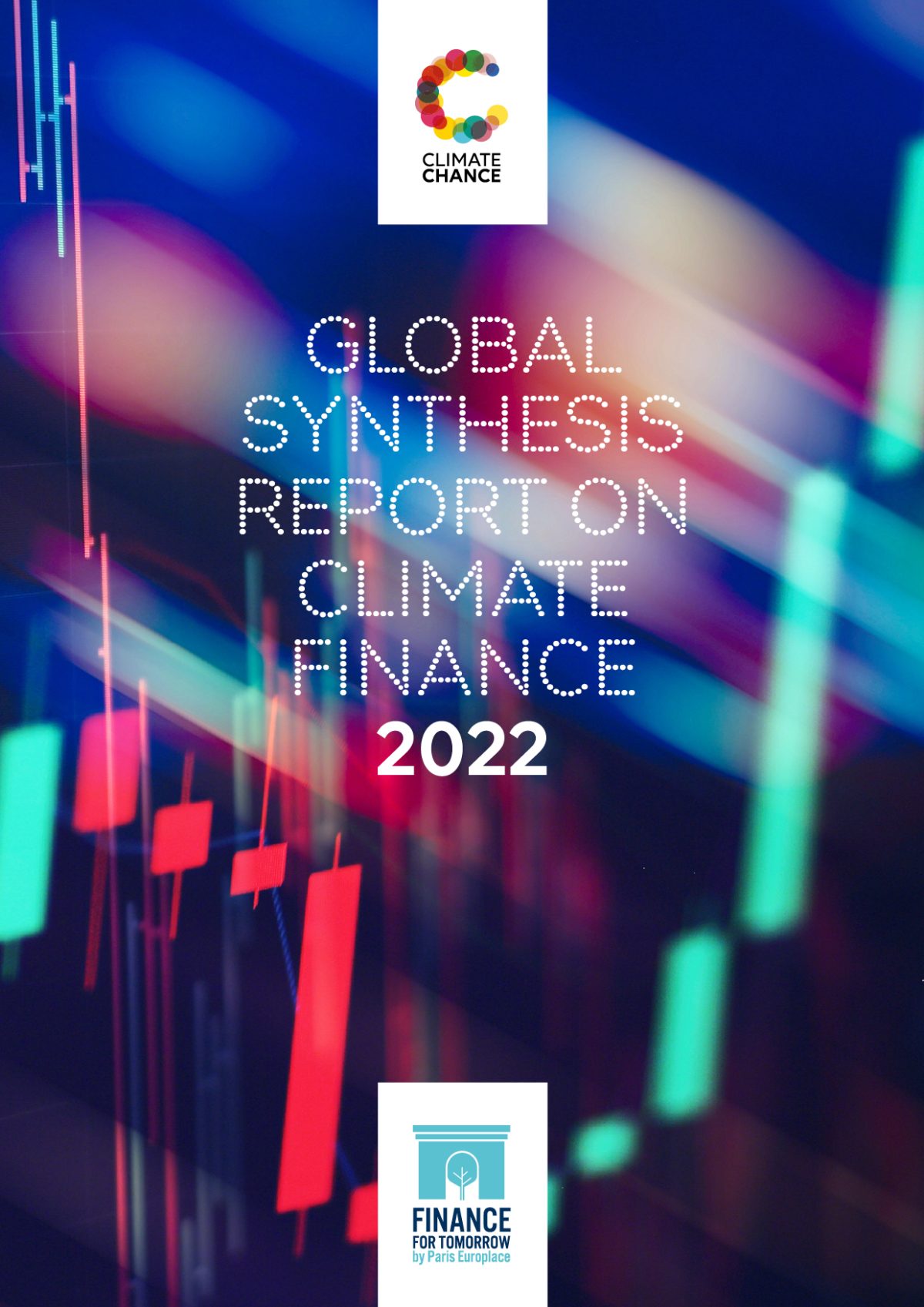
By 2022, there were 273 signatories to the Net Zero Asset Managers Initiative (representing $61.3 trillion in assets under management), 74 signatories to the Net Zero Asset Owner Alliance (representing $10.6 trillion in assets held), 115 signatories to the Net Zero Banking Alliance (representing $70 trillion in banking assets), and 20 signatories to the Net Zero Insurance Alliance (representing $7 trillion in assets under management). Despite this wave of support for carbon neutrality objectives, banks, insurers, and asset managers and owners are still struggling to make concrete commitments to exit fossil fuels. 742bn in financing was provided to fossil fuels by the 60 largest global banks in 2021 – the second consecutive year of decline since the peak in 2019 ($830bn).
$632bn in climate finance flows were mobilized in 2019-20, 10% more than the previous two years. Although up 53% compared to 2017-2018, financial flows for adaptation measured in 2019-20 (i.e. $46bn, 7.3% of financing) remain far from the parity targeted by the Paris Agreement, and the $300bn in needs assessed by the Climate Policy Initiative before 2030. Mitigation therefore still represents 90% of this financing (i.e. $571 billion in 2019-2020). International financing mobilized by industrialized countries for the countries of the South was $83.3 billion in 2020, well below the target of $100 billion per year set for 2020 at COP15 in Copenhagen.
From the green bond market ($522.7bn, +75% in one year, Climate Bond Initiative, 2022) to the voluntary carbon credit markets ($2bn, x4 in one year, Ecosystem Marketplace, 2022), financial instruments for the transition are booming.
In the report, a case study on the Althelia Climate Fund explains how carbon offsetting can be an impetus for the adoption of nature-based solutions and biodiversity protection.
Recent years have seen the emergence of a trend towards increased regulation of so-called “green” taxonomies and, more broadly, the transparency of financial actors regarding their ESG practices. With the adoption of the European Sustainable Finance Disclosure Regulation (SFDR), which focuses on the environmental impact of financial products and green taxonomy, Europe is a world leader in climate finance transparency. The multiplication of taxonomies, both recent (ASEAN) and older (China), and of rules on climate transparency for financial actors (United States), strengthen the regulation of green investments, but also call for harmonization between actors.
In France, the Netherlands, the United Kingdom, and the European Central Bank, the first climate stress tests conducted by supervisors reveal the particular exposure of European financial actors to transition risks. However, due to their experimental nature, the learning objectives of these pilot tests, and the limitations of the data and methodology, none of these initial stress tests are expected to lead to climate-related capital requirements. Several major projects have yet to be completed in order to transform climate stress tests into a genuine supervisory tool: initiating strategic thinking on climate risk, improving access to and management of data, and putting in place the human and financial resources to conduct the analyses within the institutions, developing scenario analysis capacity, etc.
As financial institutions devote increasing attention to their environmental, social, and governance (ESG) impact, the ESG market is seeking transparency on the extra-financial performance of assets and companies. A record number of investors have invested in ESG funds in 2021, but the market remains marked by weaknesses in ESG data transparency, reliability, and standardization.

